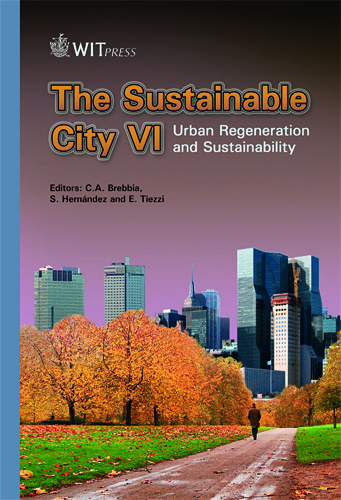Natural Infrastructure In Urban And Planning Strategies In Arid Zones: Case Studies From Egypt
Price
Free (open access)
Transaction
Volume
129
Pages
11
Page Range
113 - 123
Published
2010
Size
2215 kb
Paper DOI
10.2495/SC100111
Copyright
WIT Press
Author(s)
N. Mahmoud & P. Selman
Abstract
Spatial planning strategies integrate multiple environmental, social and economic functions, and draw together the phases of physical planning, management, implementation and maintenance. Natural Infrastructure (NI) – a term that is used in preference to ‘green infrastructure’ to reflect the complementary importance of water systems and airsheds – is of growing importance to spatial planning. However, many planners fail adequately to address the multifunctional potential of NI and often equate it simply with the design of parks or open spaces. This paper considers NI as a system within an integrated planning process. The nature of NI differs significantly according to climatic zone, for example, whether the area is moist or arid. This paper will focus on arid environments in Egypt, and considers two NI projects that differ in terms of their core structure, ecological resources, cultural assets, multi-functional properties and scale. The first project is a corridor connecting urban areas along the Nile River and the second is a green network connecting different urban and natural areas within older districts. The paper concludes with an exploration of a theoretical model of NI adapted to the Egyptian context using IKONOS GIS maps of greater Cairo. Keywords: planning strategy, Natural Infrastructure (NI), green infrastructure (GI), multi-functionality (MF), cultural corridors, ecological corridors, green corridors.
Keywords
planning strategy, Natural Infrastructure (NI), green infrastructure(GI), multi-functionality (MF), cultural corridors, ecological corridors, greencorridors





